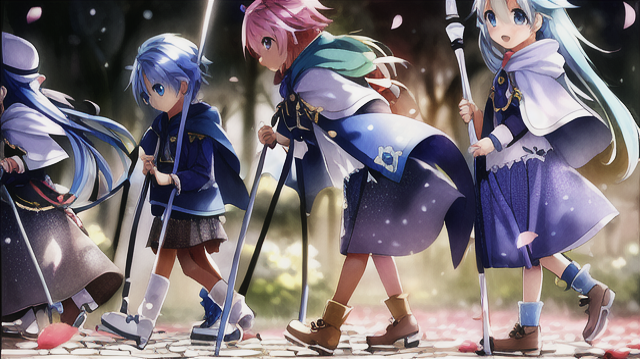Polio, a disease that can cause paralysis and even death, was once a global pandemic that affected millions of people. While efforts to eradicate the disease have been successful, there are still many people living with the long-term effects of polio. Here are some personal accounts of individuals who have survived polio.
Mary Johnson was diagnosed with polio in 1953, at the age of six. She remembers the fear and uncertainty that surrounded the disease at the time. “My parents were terrified,” she says. “They didn’t know what was going to happen to me.” Johnson was hospitalized for several months and underwent extensive physical therapy to regain her mobility. While she was able to walk again, she still experiences some weakness and pain in her legs. “Living with polio is a constant reminder of what I went through,” she says. “But I’m grateful for the progress I’ve made.”
John Smith contracted polio in 1949, when he was just three years old. He spent several months in the hospital and was left with permanent paralysis in his left arm and leg. “It was a difficult time,” he says. “But I learned to adapt.” Smith went on to have a successful career as a teacher and coach, using his experiences to inspire his students. “I tell them that if I can overcome the challenges of polio, they can overcome any obstacle they face.”
Sue Lee was diagnosed with polio in 1961, when she was nine years old. She was initially treated with a brace and crutches, but eventually underwent surgery to correct her leg deformities. “I remember feeling isolated and alone,” she says. “But I also remember the kindness of the healthcare workers who helped me.” Lee went on to become a physical therapist herself, helping others with disabilities to regain their mobility. “Living with polio gave me a sense of purpose,” she says. “I want to help others the way I was helped.”
These personal accounts highlight the challenges of living with polio, but also the resilience and determination of those who have survived the disease. While medical treatments and rehabilitation have improved over the years, there is still much work to be done to address the ongoing needs of polio survivors.
In addition, there are still areas of the world where polio remains a threat. The Global Polio Eradication Initiative (GPEI) estimates that there are still over 100,000 survivors of polio in the United States alone, and millions more around the world. The GPEI and its partners are working to provide support and resources for polio survivors, including medical care, rehabilitation services, and advocacy.
Polio may no longer be the global pandemic that it once was, but its impact is still felt by many. The personal accounts of polio survivors remind us of the importance of continued efforts to eradicate the disease and support those who have been affected by it.










